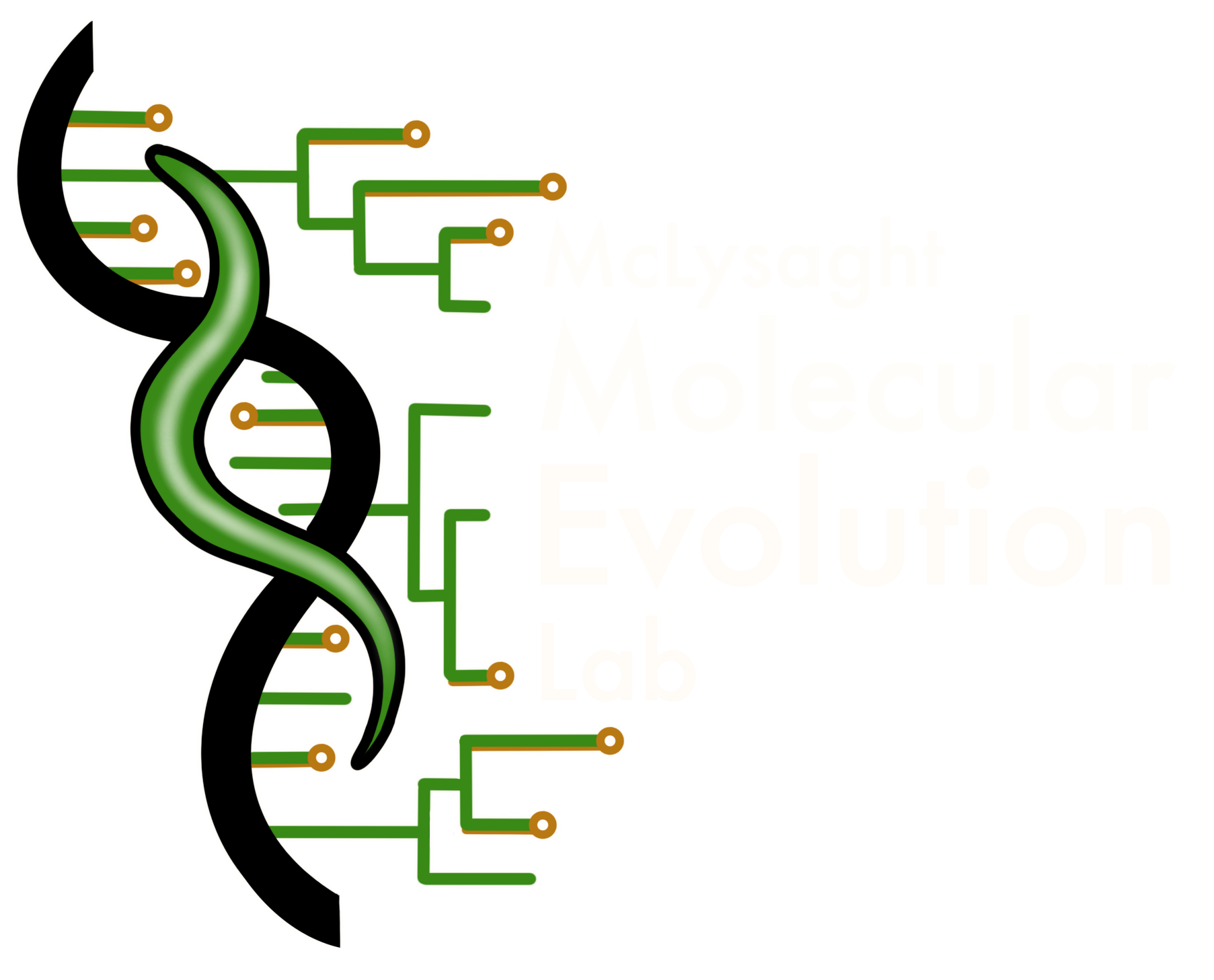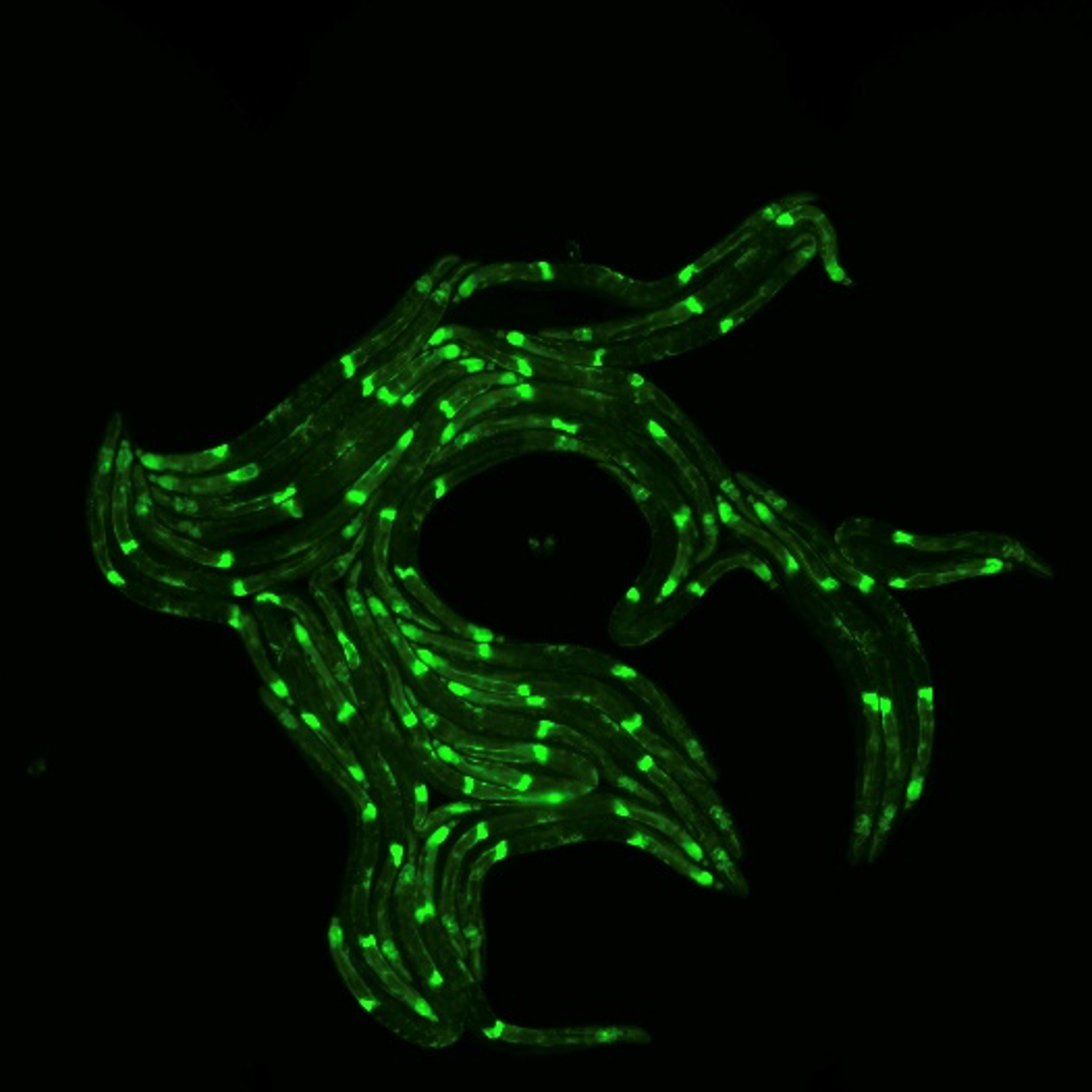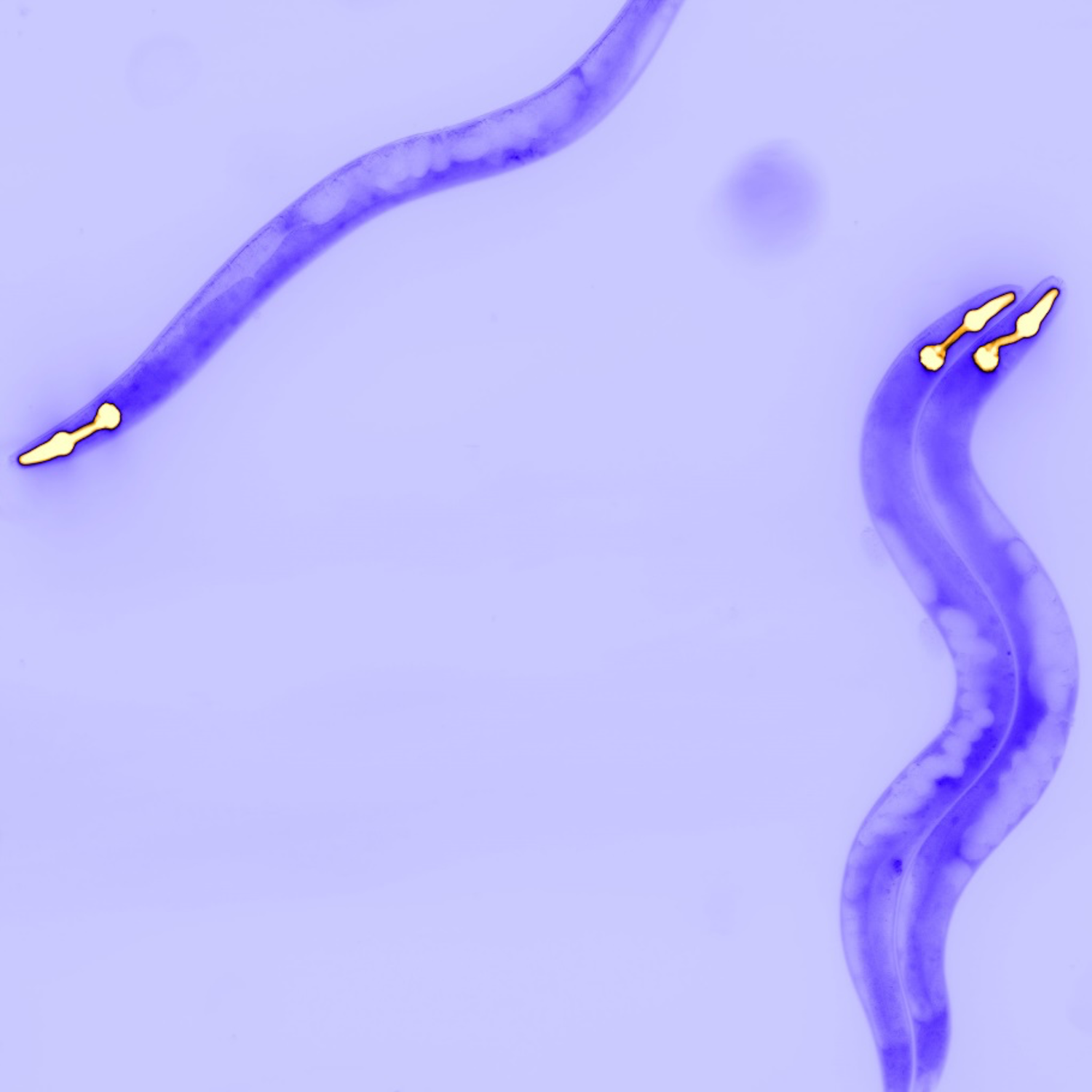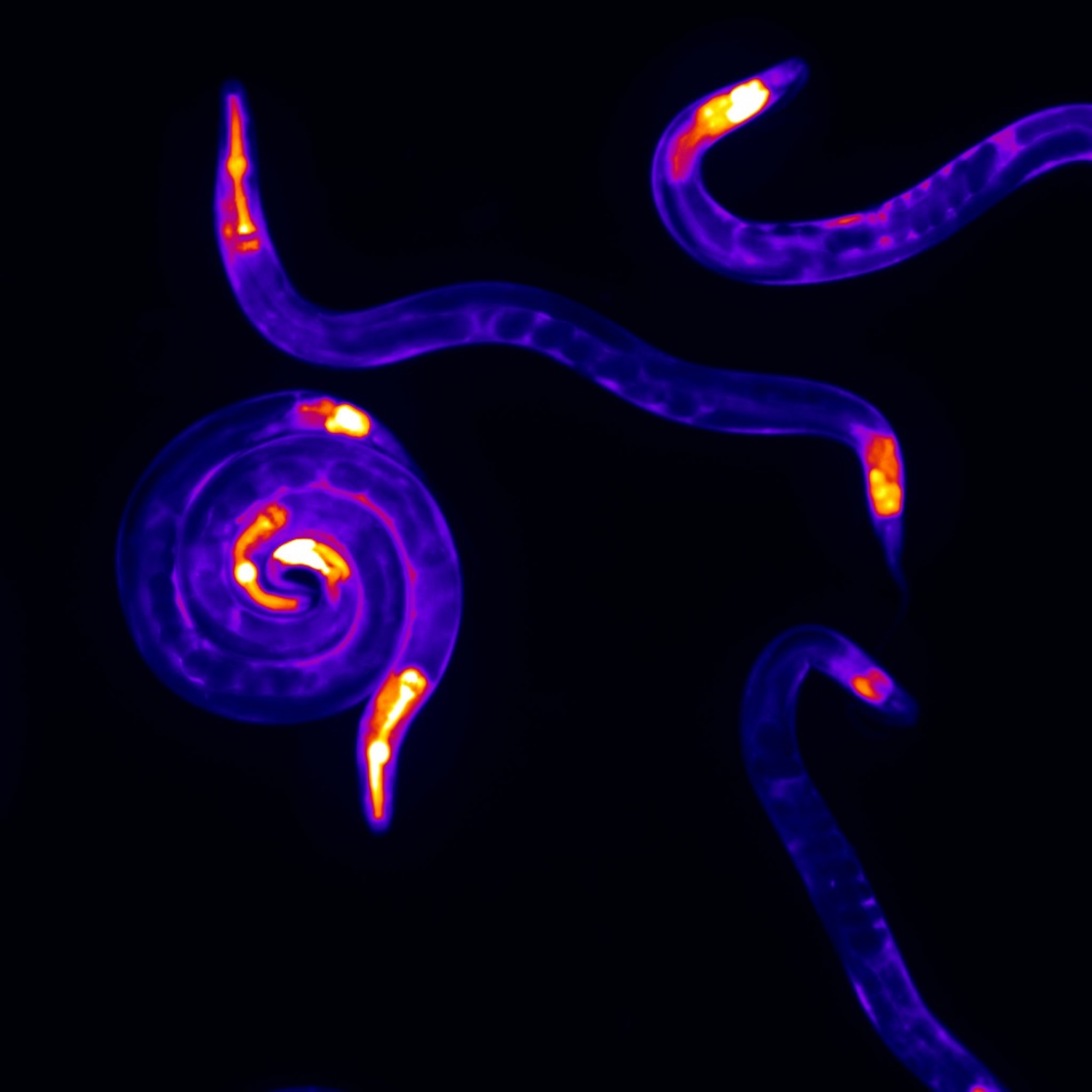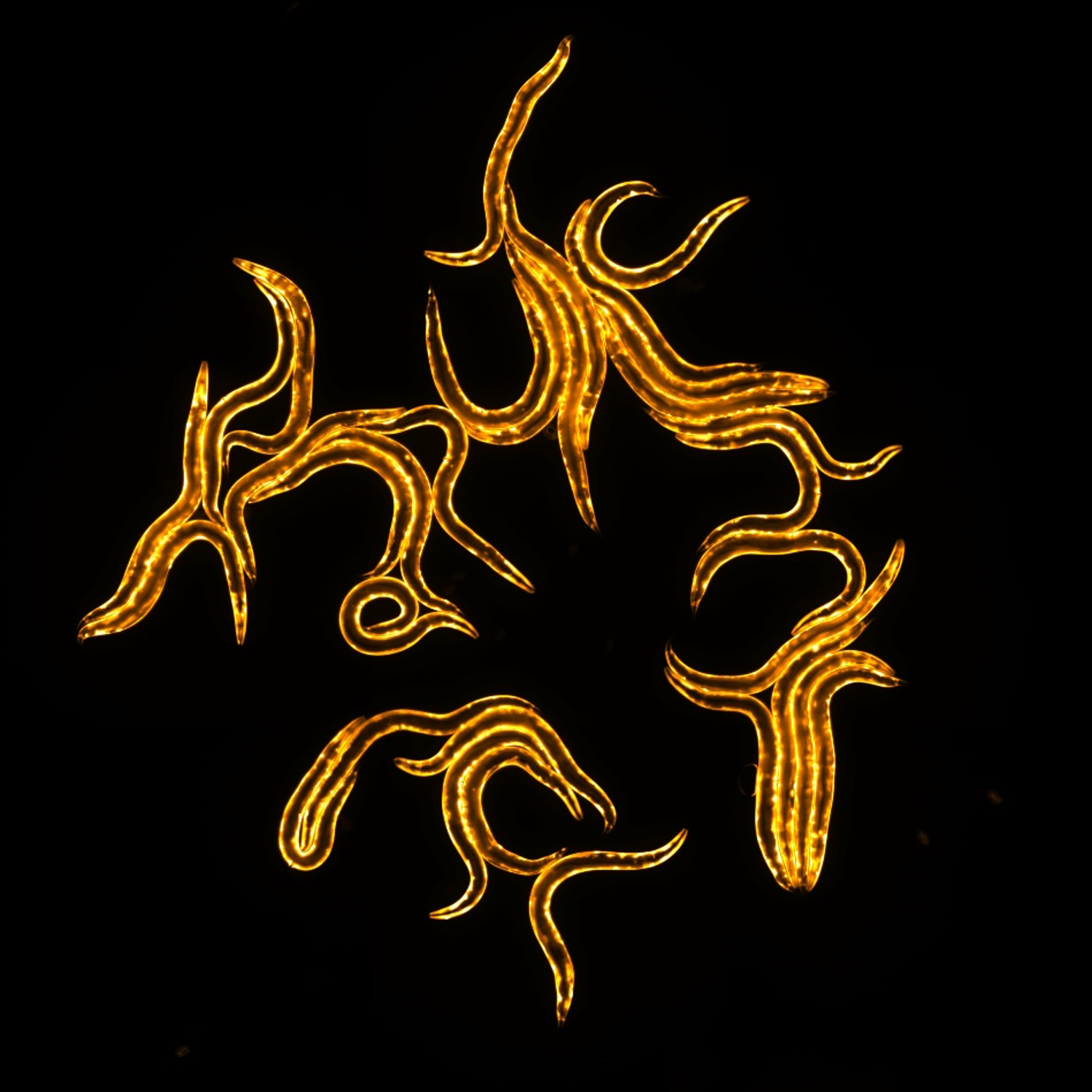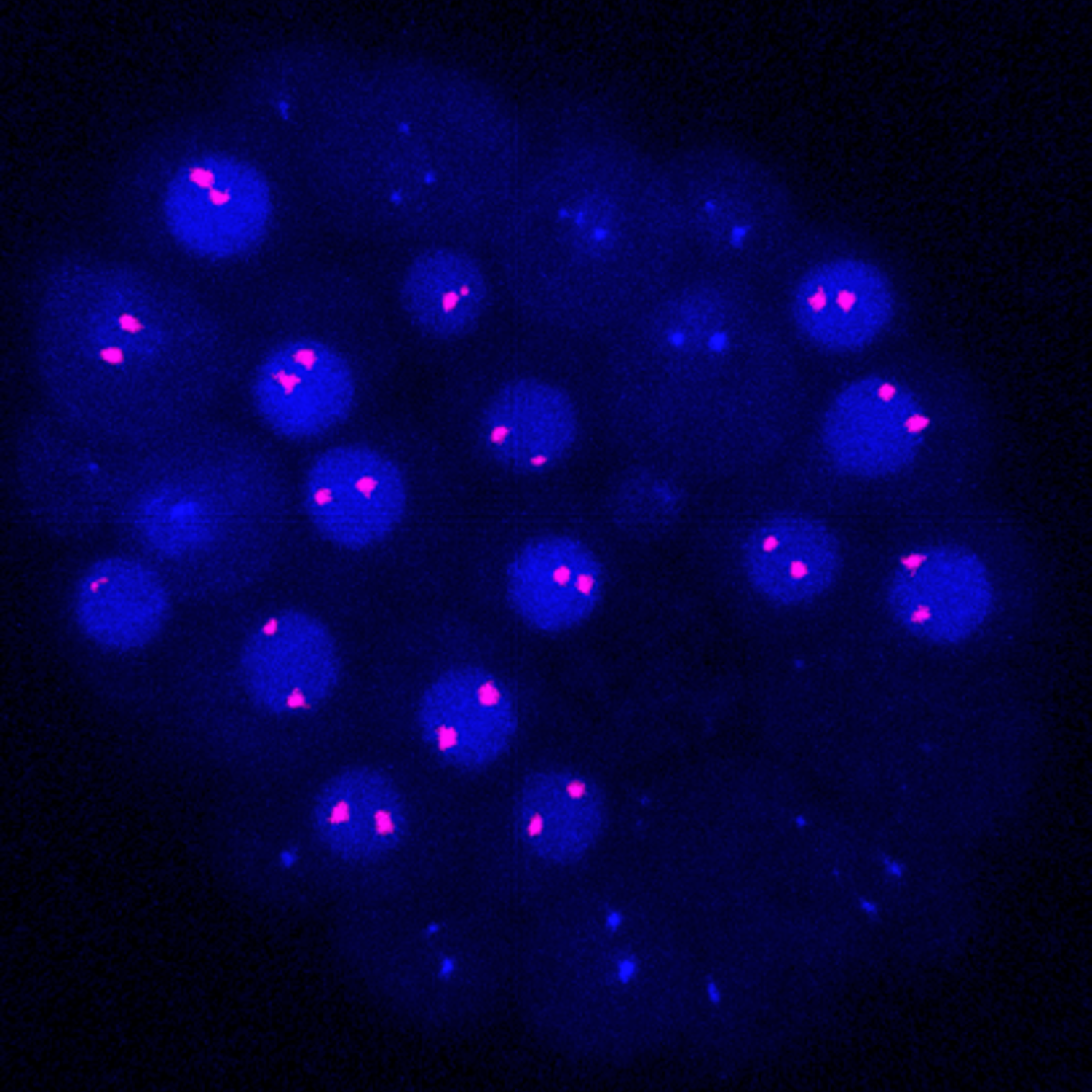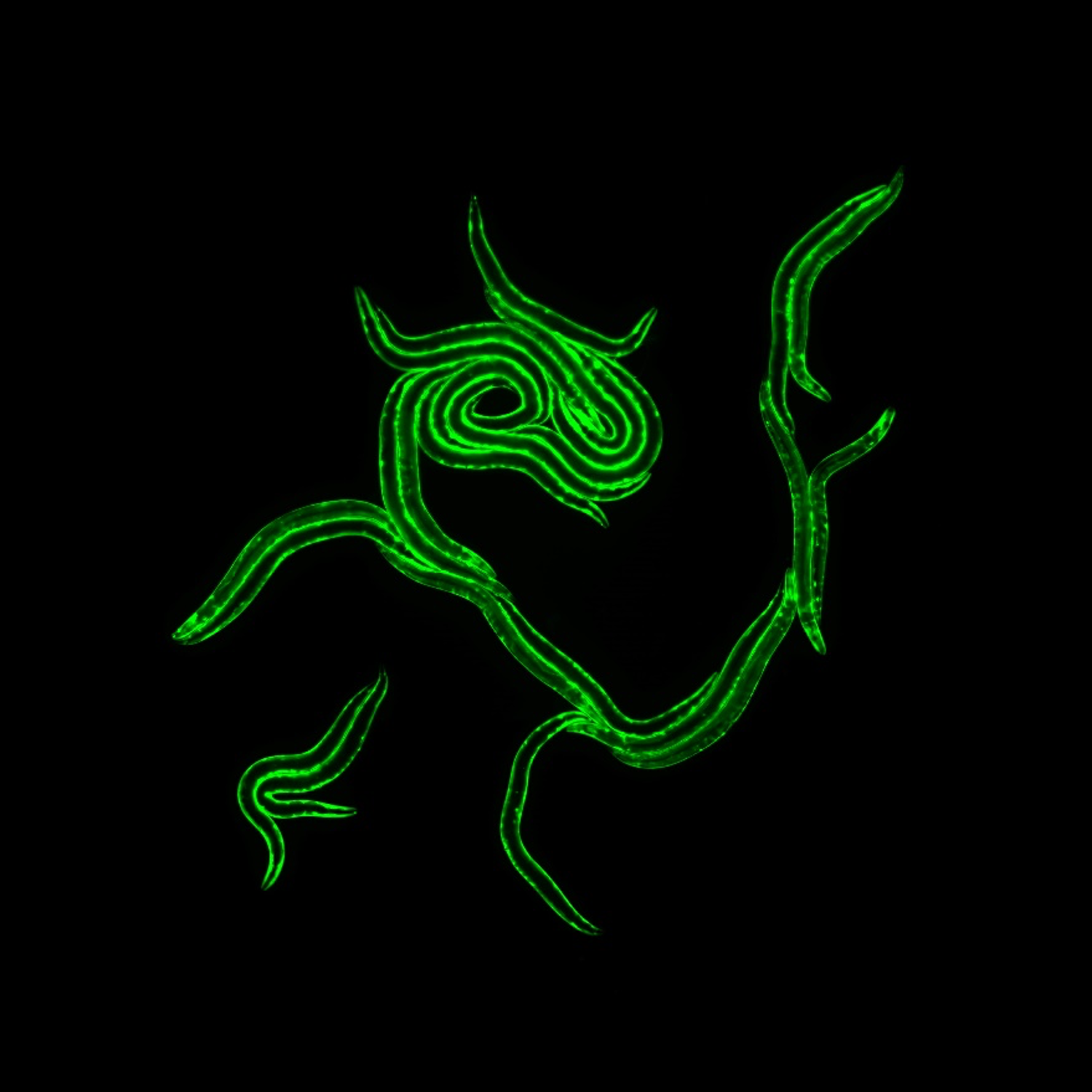Experimental Research
C. elegans, a powerful model organism in biology
C. elegans is a microscopic non-parasitic worm about 1 mm long. Despite its simplicity, it has around 20,000 genes, almost as many as humans, packed in a much smaller and compact genome. In fact, C. elegans was the first animal to have its entire genome sequenced in 1998, and about 83% of its proteins have human counterparts.
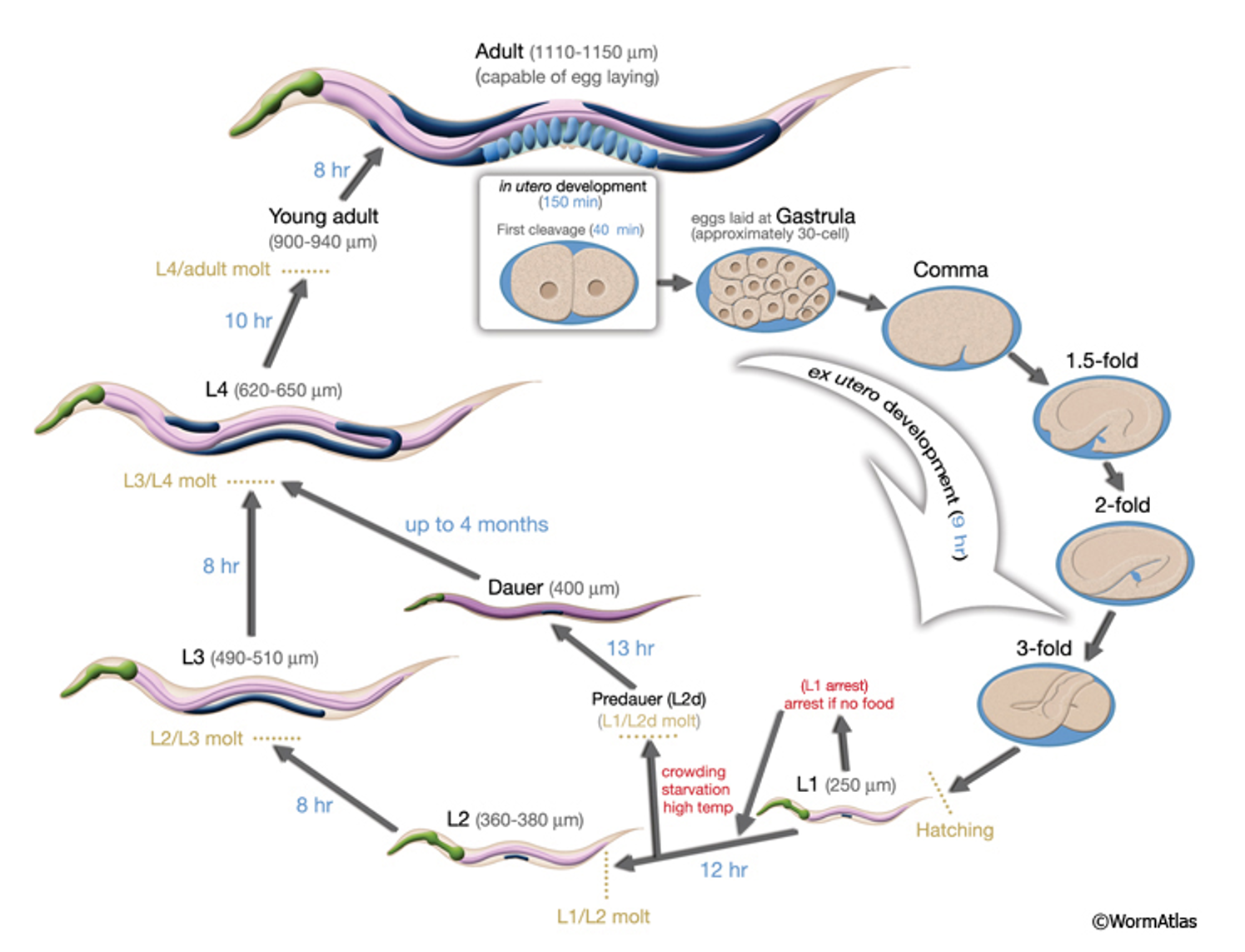 C. elegans life cycle at 22°C, from wormatlasMost C. elegans are hermaphrodites, meaning they can reproduce on their own, which makes it easy to grow large numbers of genetically identical worms for experiments. Thanks to its ease of maintenance, its short-life cycle, its well-characterized genome and the availability of genetic tools, C. elegans has been a key model organism for developmental biology, neurobiology, and genetics since the 1960’s.
C. elegans life cycle at 22°C, from wormatlasMost C. elegans are hermaphrodites, meaning they can reproduce on their own, which makes it easy to grow large numbers of genetically identical worms for experiments. Thanks to its ease of maintenance, its short-life cycle, its well-characterized genome and the availability of genetic tools, C. elegans has been a key model organism for developmental biology, neurobiology, and genetics since the 1960’s.
Most C. elegans are hermaphrodites, meaning they can reproduce on their own, which makes it easy to grow large numbers of genetically identical worms for experiments. Thanks to its ease of maintenance, its short-life cycle, its well-characterized genome and the availability of genetic tools, C. elegans has been a key model organism for developmental biology, neurobiology, and genetics since the 1960’s.
A tiny "badass" worm behind four Nobel prizes
1. Programmed Cell Death (Apoptosis) – Nobel Prize in Physiology or Medicine, 2002
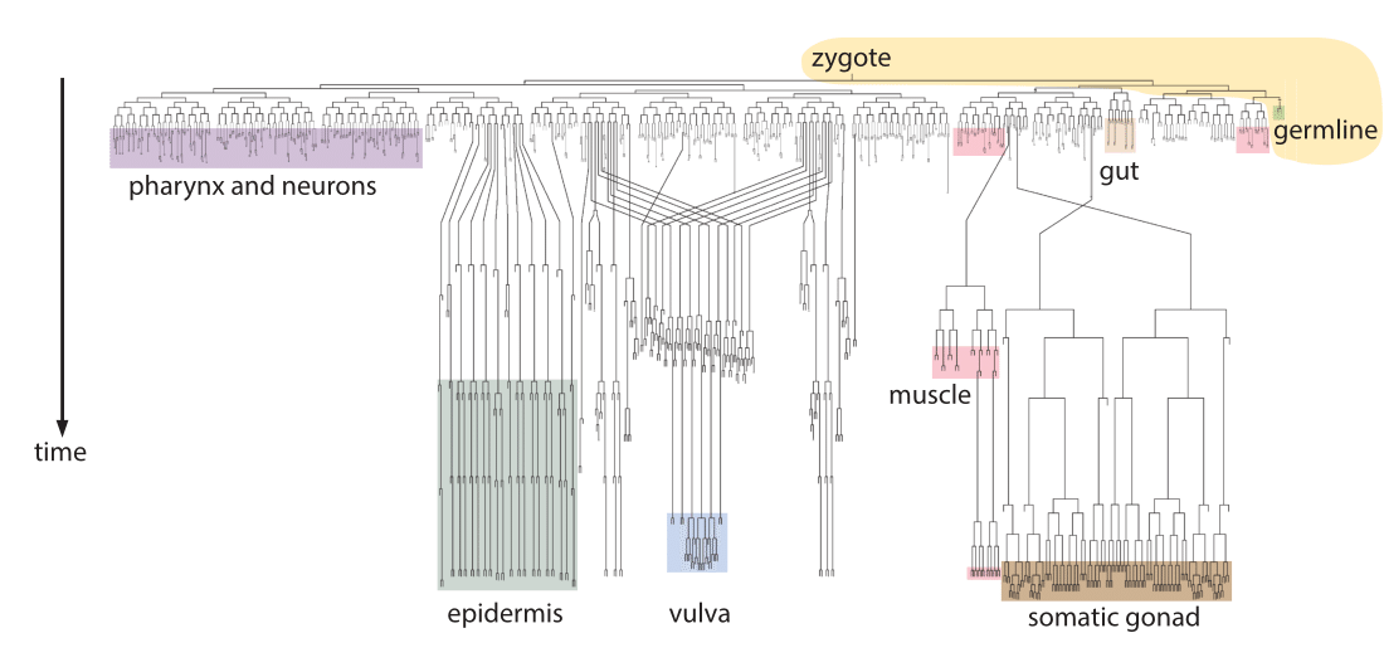 Mapping of all 959 cells of C. elegans, from wormatlasResearch on C. elegans helped discover how cells are programmed to die in a controlled way—an essential process for development and disease prevention. The predictable cell lineage of C. elegans (it always has exactly 959 body cells) helped uncover this fundamental biological mechanism.
Mapping of all 959 cells of C. elegans, from wormatlasResearch on C. elegans helped discover how cells are programmed to die in a controlled way—an essential process for development and disease prevention. The predictable cell lineage of C. elegans (it always has exactly 959 body cells) helped uncover this fundamental biological mechanism.
2. RNA Interference (RNAi) – Nobel Prize in Physiology or Medicine, 2006
C. elegans played a crucial role in the discovery of RNA interference, a natural gene-silencing process. C. elegans can be fed with bacteria expressing a small double stranded RNA (dsRNA), which will target and silence the expression of a specific target gene, a technique now widely used in genetics and medicine.
3. Green Fluorescent Protein (GFP) as a biological marker – Nobel Prize in Chemistry, 2008
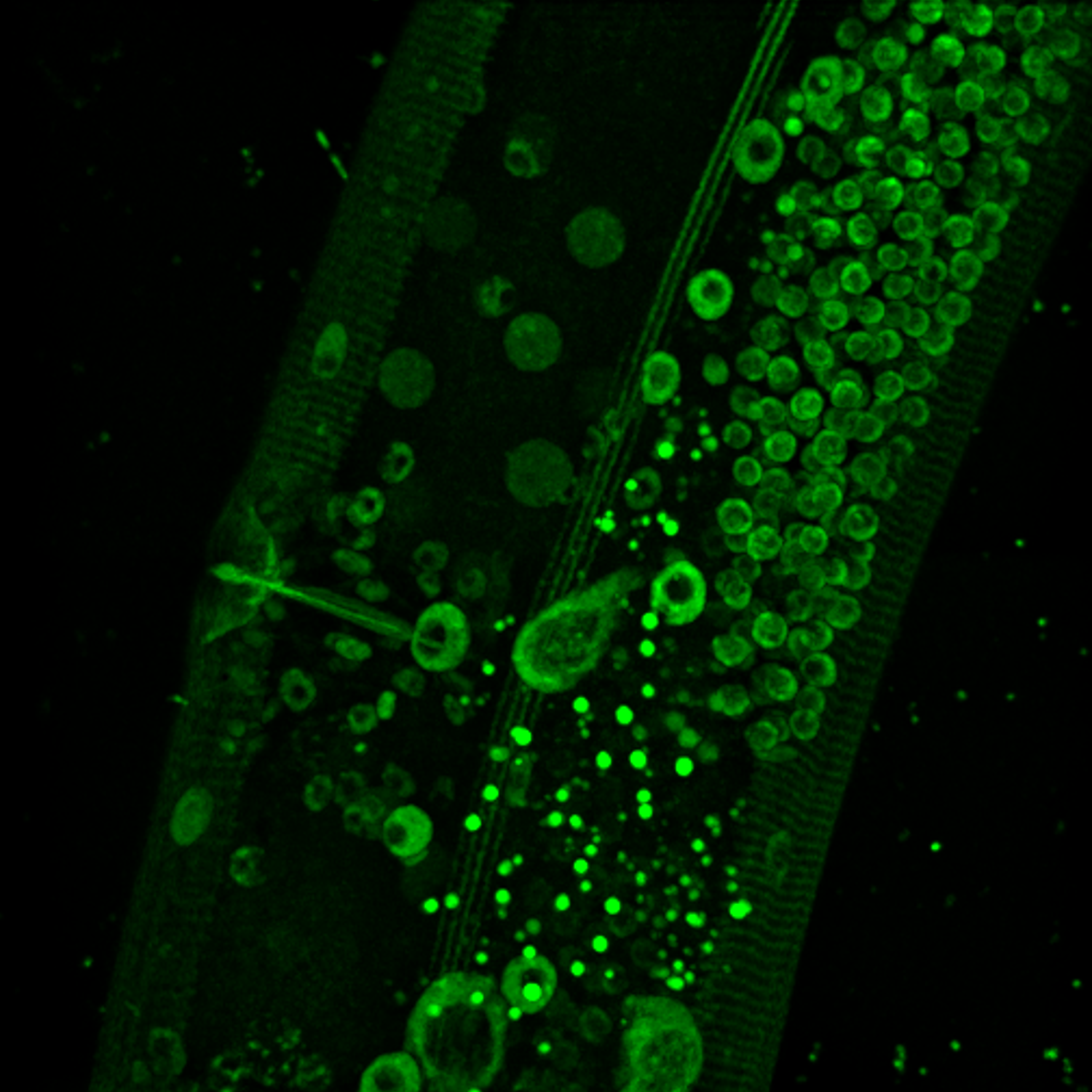 Mid-body region of live C. elegans carrying a fluorescent reporter in all nucleiSince C. elegans is transparent, GFP can be used to track gene activity and protein localisation in live worms. This technique has since become a standard tool in biology and medicine
Mid-body region of live C. elegans carrying a fluorescent reporter in all nucleiSince C. elegans is transparent, GFP can be used to track gene activity and protein localisation in live worms. This technique has since become a standard tool in biology and medicine
4. MicroRNAs and their role in post-transcriptional regulation of gene expression – Nobel Prize in Physiology or Medicine, 2024
Research in C. elegans helped uncover microRNAs, small RNA molecules that fine-tune gene activity, shaping development and disease.
C. elegans as a model to study whole genome duplication
Gene duplications play a major evolutionary role by providing raw material for functional innovation. Whole Genome Duplication (WGD), or polyploidisation, is a particular case of duplication involving the doubling of all chromosomes and occurs widely across the tree of life. WGD is a relatively common mutational event, but rarely successful in evolutionary terms.
 Diploid (left) and tetraploid C. elegans (right, longer) at the L4 larval stageIn plants, WGD is recognized as a major evolutionary force, linked to speciation and the ability to resist periods of stress. In animals, examples of current polyploid species are rarer, but several ancient WGD events are known for instance, two rounds of WGD occurred during early vertebrate evolution. The reason for the success of polyploidy in animals is unclear. Currently, one attractive though controversial hypothesis states that polyploidy is adaptive on the short-term, however this has never been studied in animals.
Diploid (left) and tetraploid C. elegans (right, longer) at the L4 larval stageIn plants, WGD is recognized as a major evolutionary force, linked to speciation and the ability to resist periods of stress. In animals, examples of current polyploid species are rarer, but several ancient WGD events are known for instance, two rounds of WGD occurred during early vertebrate evolution. The reason for the success of polyploidy in animals is unclear. Currently, one attractive though controversial hypothesis states that polyploidy is adaptive on the short-term, however this has never been studied in animals.
In the lab, we use the microscopic worm C. elegans, where WGD can be artificially induced, to study the immediate consequences of genome doubling. So far, our work has revealed that although tetraploidy reduces fitness under regular conditions, C. elegans tetraploids are more resistant to severe cold stress.
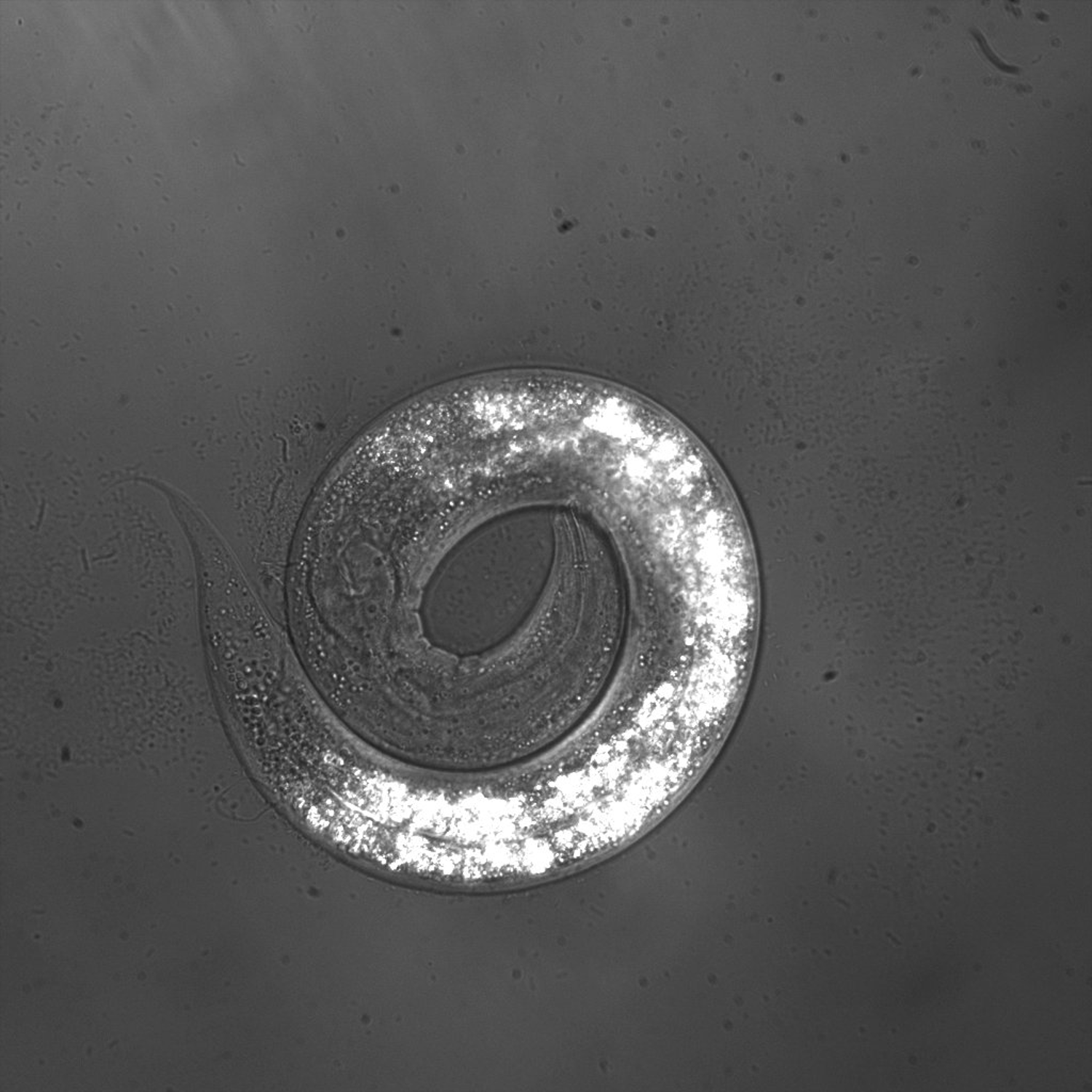 We identified a new wild isolate of C. elegans from Dublin, the second Irish C. elegans isolate so far!
We identified a new wild isolate of C. elegans from Dublin, the second Irish C. elegans isolate so far!
Wild nematodes sampling
In the wild, C. elegans can be found in rotten fruits or plants, where it is feeding on bacteria. The natural ecology of C. elegans has been the focus of important studies in the last 15 years revealing a complex interaction network. This work also provided the research community with valuable resources, such as the CaeNDR (Caenorhabditis Natural Diversity Resource) encompassing a collection of several hundred strains of C. elegans wild isolates allowing to study genetic variation underlying certain traits. This collection has now expanded to other Caenorhabditis species.
We are interested in sampling for wild nematodes to enrich these research collections with new isolates. After isolating nematodes from soil or rotten fruits/plants, the sequencing of the 18S ribosomal RNA provides a broad taxonomic identification
Check out some of our worm images below!
